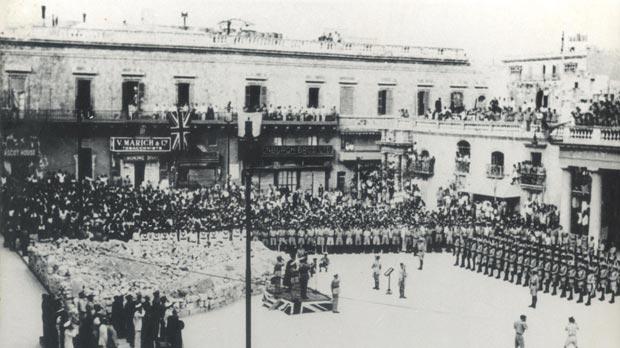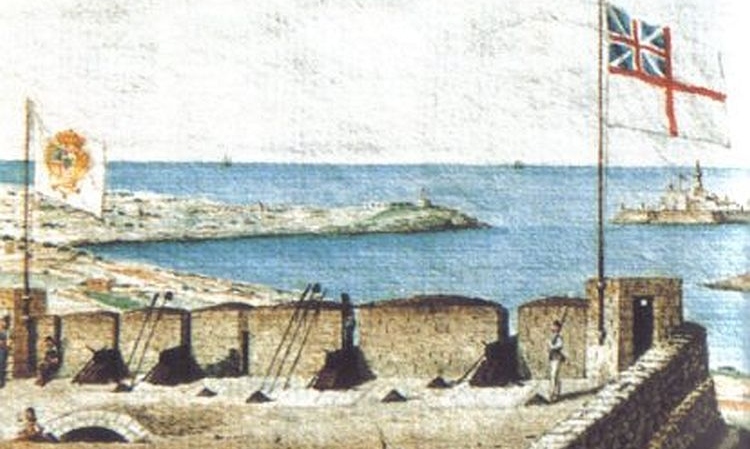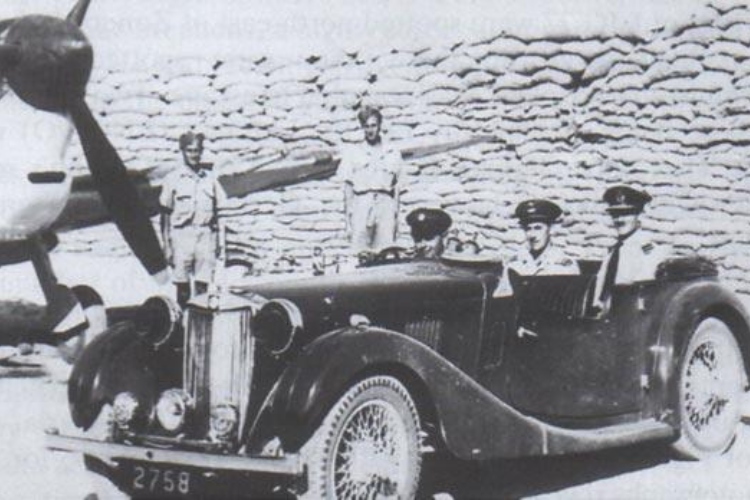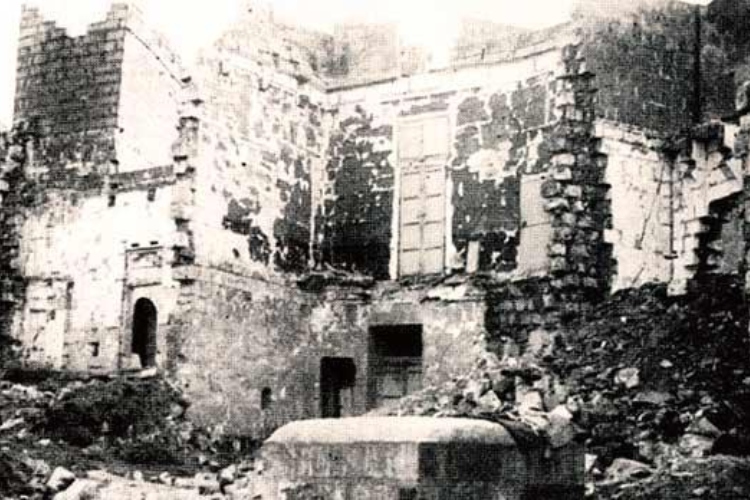
In the first months after the insurrection against the French, Maltese leaders realised that they needed a great power to help them expel the French and protect the islands.

Nei primi mesi dopo l’isurrezione contro i Francesi, i leaders Maltesi realizzarono che avevano bisogno di un grande potere che li potesse aiutare a cacciare i Francesi e proteggere le isole.

Parmi toutes les périodes de l’histoire maltaise, celle durant laquelle Malte fut une colonie britannique suscite encore aujourd’hui des débats émotionnels. La raison principale qui explique cela est que la plupart des Maltais se souviennent encore aujourd’hui de la domination britannique, avec une pointe de nostalgie. De même, les ressortissants anglais résidant actuellement à Malte […]

Do you know when the Union Jack first flew over Malta? The answer will surprise you. Maltese history is a rich tapestry of events, influences and war. The Maltese are proud of British heritage, but few seem to know where the British flag was first flown over the islands. By the 18th century the threat […]

The Gonna tal-Kmand (Commanders’ Gardens) were set up by Sir Alexander Ball, the naval commander of the blockade against the French for use by each village’s temporary Lieutenant.

The Victoria Lines are a network of fortifications built by the British Armed Forces during the second half of the 19th century consisting of forts, batteries, entrenchments, searchlight emplacements and howitzer positions, all connected by a continuous infantry line.

SOME HISTORICAL FACTS Population in Malta and Gozo at the beginning of the War : 270,000 Air Raids registered throughout the war over Malta: 3,340 totalling 2357 hours 15,000 tons of bombs were dropped on the Maltese islands 1,581 Civilians killed – 3780 injured – Military and Merchant marine: 7,500 10,761 buildings destroyed especially in […]

This series of articles commemorating the 70th anniversary of Malta’s role World War II recalls the situation after the end of the blitz on HMS Illustrious in January 1941 and the heavy Luftwaffe attacks on the island which continued until May of that year.

In September and October 1941, Malta, which had by then become a prime target for Italian and German bombers, continued to be reinforced by air and sea: fighter aircraft for the defence of the island and also another convoy to strengthen the garrison.

April 1942 was called l-April tat-Tnejn u Erbgħin by the Maltese because the death and destruction which occurred during this month remained in their mind for many years.

When Malta started to be affected by the Second World War, the Marfa-Gozo ferry service was gradually reduced from six crossings a week in 1940 to four, and eventually to two in 1941.

The first day of November 1942 started with a scramble at 12.05pm by four Spitfires of No. 1435 Squadron to investigate a raid which did not materialise.

In 2012 Malta is celebrating the 70th anniversary of the award of the George Cross on April 15, 1942, and the arrival of the convoy codenamed Operation Pedestal, commonly known as the Santa Marija Convoy, on August 15 of that year

Architectural gems inherited from the British dot the Sliema landscape. Even though nowadays large blocks of apartments have taken over the Sliema seafront, one can still can find a wealth of remnants of Malta’s British past.

Once established in Malta, the British colonial authorities took over the Knights’ buildings without immediately starting extensive building projects. However, they did use architecture to assert their power over the island by adding classical English features to some buildings, such as the addition of the portico to Valletta’s Main Guard’s in 1814. New institutions soon […]
designed and produced by Logix Digital